As specialists in playground equipment, we’ve seen a lot of changes in how playgrounds are designed over the years. With the development of new and exciting products and the implementation of government-directed initiatives, trends in playground design have shifted towards equipment which encourages physical activity, creativity, social inclusion and learning. These include trim trails, climbing tower systems, innovative surfacing and playground markings, and outdoor classrooms. Here, we’ll show you the top playground design trends currently being used today.
1. Trim Trails
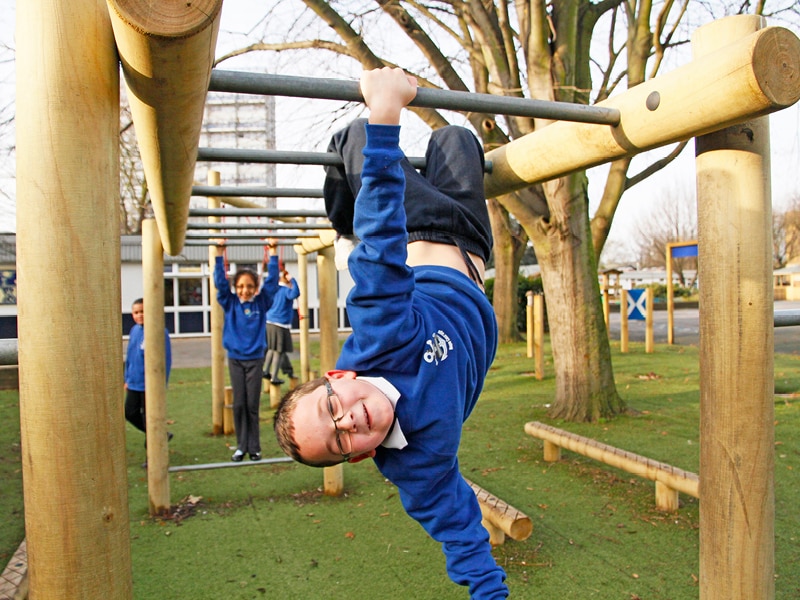
2. Modular climbing tower systems
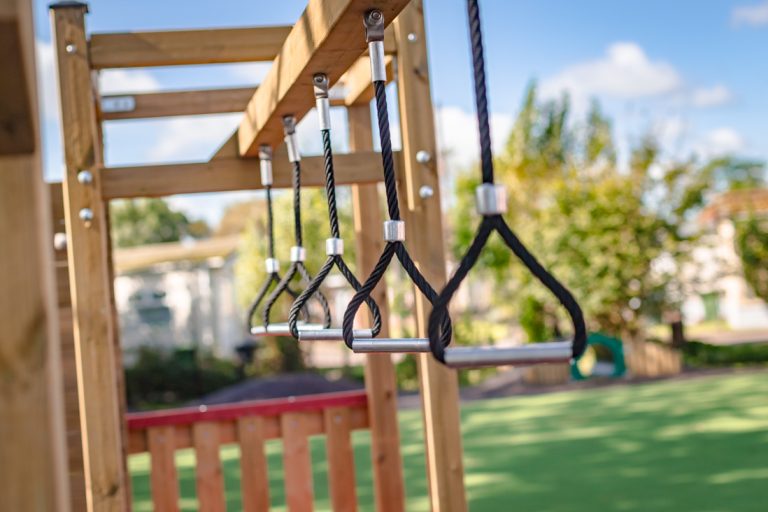
Modular climbing systems are a regular site in primary playgrounds. Like Trim Trails, they are designed to inspire physical activity and improve strength, stamina and coordination. Being modular, it means you can design your own system and add to it later on if you need to budget for it over several academic years.
At ESP Play, we called our modular climbing system Freeflow because, being built on a grid structure, it has no defined start and end. This means children can get on at any point they like and are free to move around in any way that takes their fancy. There are a variety of exciting modules you can add to your design, these include traverse walls and nets, rope crossings, tyre bridges and crazy trails.
Experience has shown us that modular climbing tower systems have the most impact when the pupils are involved in the design process. This gives a great opportunity for the school council to get involved. It also helps generate fundraising ideas.
3. Outdoor classrooms
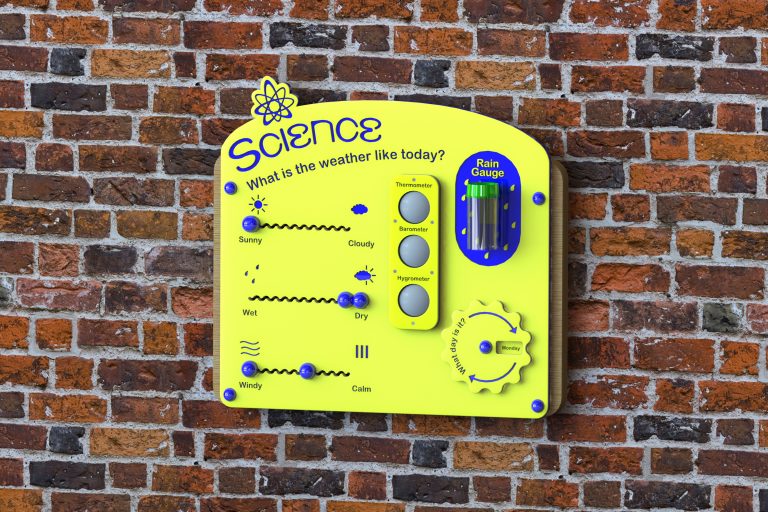
4. Wetpour surfacing and playground markings
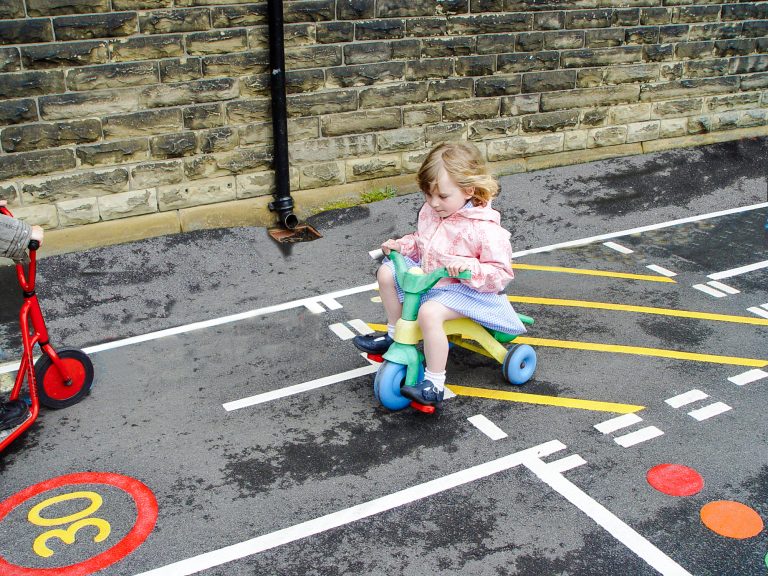
5. Seated shelters
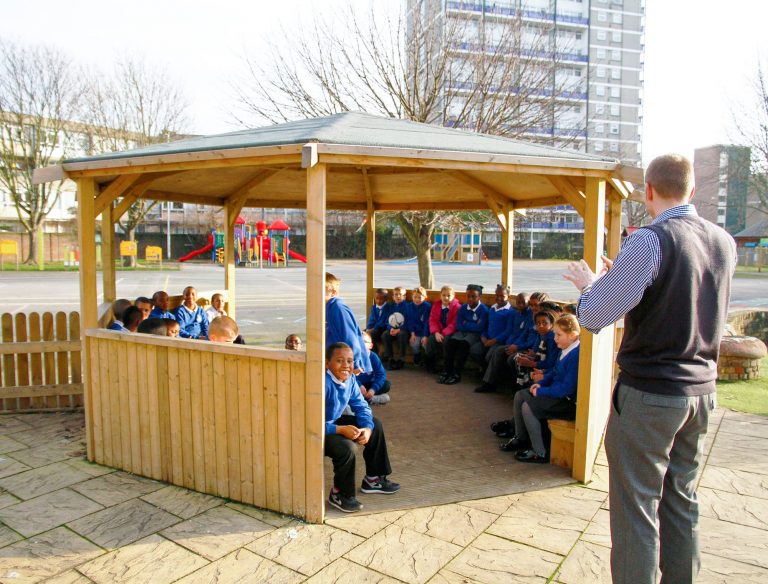
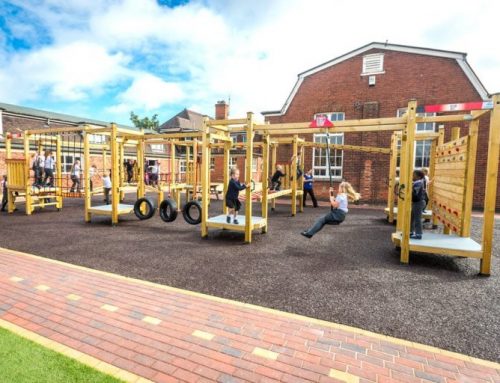
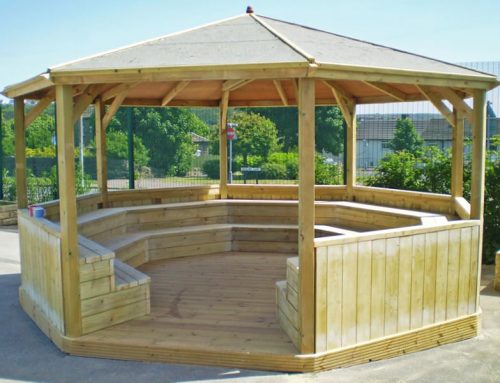
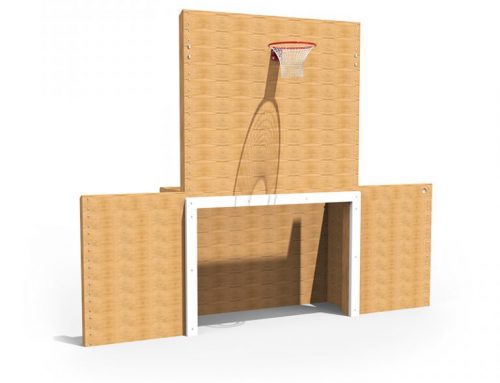

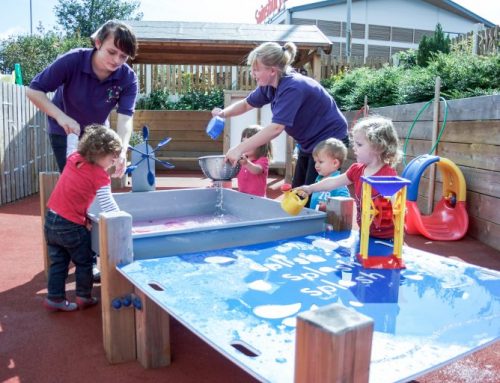
Leave A Comment